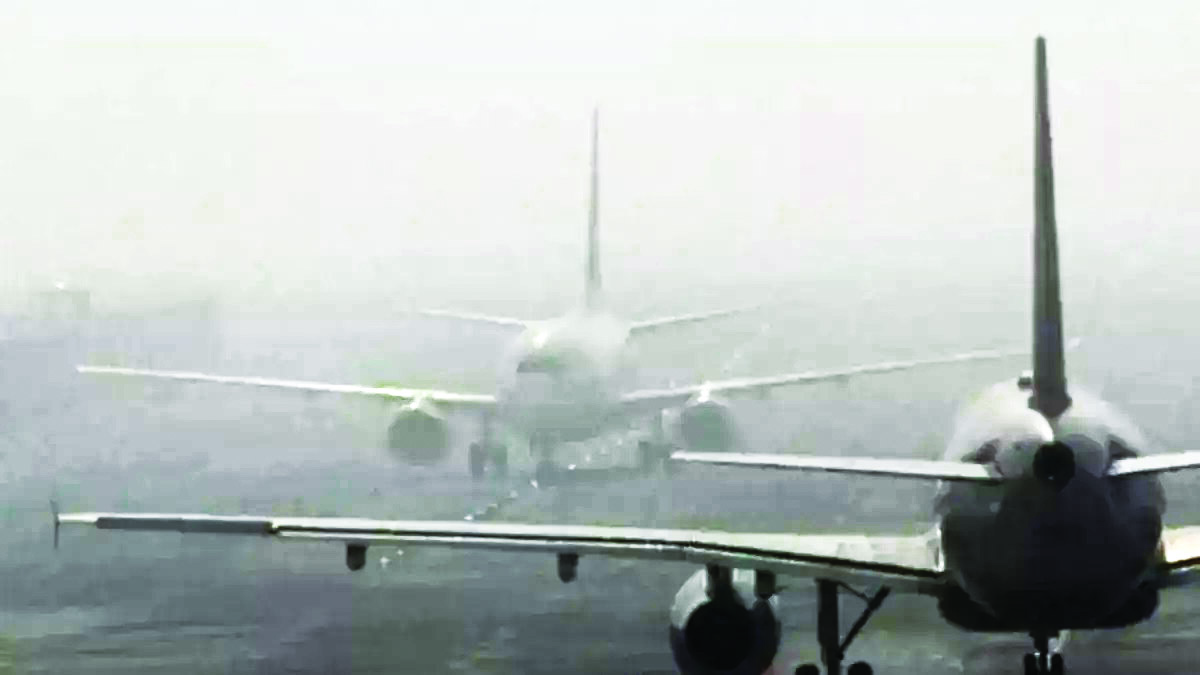Kolkata airport’s CAT III system helps land diverted B’desh-bound flights

Kolkata: Owing to poor visibility conditions, four flights to Bangladesh airports were diverted to Netaji Subhash Chandra Bose International (NSCBI) airport, Kolkata, thanks to the latter airport’s category (CAT) III-B instrument landing system (ILS) that allows pilots to land or take off in a 50 m visibility range.
According to the Airports Authority of India (AAI), Eastern Region, four flights bound for Dhaka and Chittagong airports in Bangladesh were diverted to Kolkata airport due to poor visibility. None of the two airports in Bangladesh have CAT III compliance.
All the four flights that were bound for Dhaka originated from Middle Eastern airports. Two of the flights bound for Dhaka originated from Sharjah International Airport. One Dhaka-bound flight originated from Kuwait International Airport. The Chittagong-bound flight originated from Abu Dhabi International Airport. All these flights were supposed to land at the two Bangladesh airports in the morning.
An AAI official shared that Kolkata airport, Eastern India’s busiest airport, is the only one in the Eastern and North Eastern Region equipped with CAT III landing facilities to ensure safe operations during low visibility. The Kolkata airport’s CAT III-B instrument landing system (ILS) allows pilots to land or take off in a 50 m visibility range. The ILS also has an approach lighting system (ALS) that assists the pilot in transitioning from instrument to visual flight and to align the aircraft visually with the runway centerline.
The ALS helps the pilot to continue descending for landing towards the runway even when the runway lights are invisible due to fog or heavy rainfall. An airport source said that CAT III B ILS helps a pilot to operate in a visibility range of 175-50 metres but not below 50. The ALS guides the aircraft from the runway upto the parking bay. The system also follows a procedure called ‘low visibility procedure’ which ensures a safe grounding by limiting vehicle movement and clearance before landing and take-off of the aircraft.



